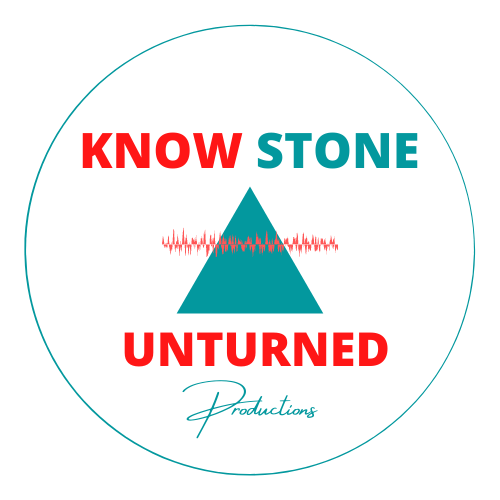Nikki’s essay in Sierra Magazine, “One Parent’s Harrowing Encounter With Microplastic,” weaves the tales of having a piece of glitter removed from her cornea a decade ago, and more recently, finding a shiny blue speck of glitter in our infant’s eye with the implications of microplastic pollution on the environment and future generations.
Odd as these stories may seem, microplastic is entering the body all the time. We just don't normally see the tiny particles that are ingested with our food and drinks, the air we breathe, even through our skin. So much so that humans are now consuming the weight of a 4x2 inch Lego block of plastic per month.
Looking at plastic pollution through the lens of the micro, this essay details a recent study revealing the negative implications of so-called “eco-glitter” on the environment, as well as business solutions, national and global policies, and cultural shifts that could lead to real change.






















































